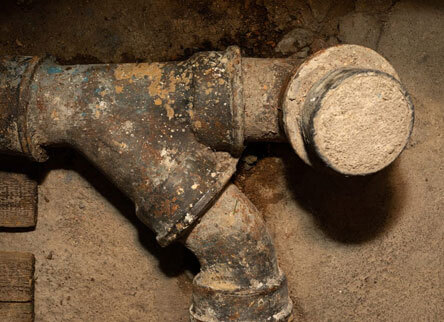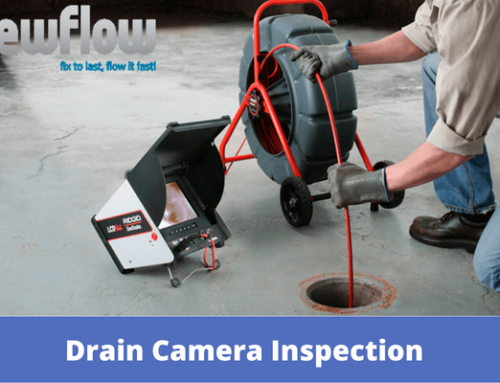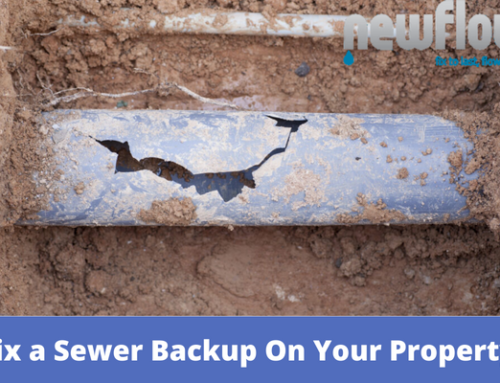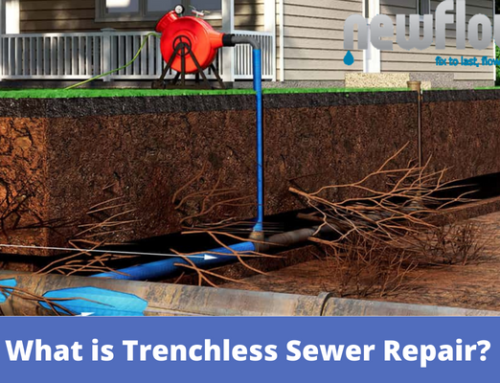Hydro-Jetting: A Safe Solution for Cleaning Pipes
What is hydro-jetting?
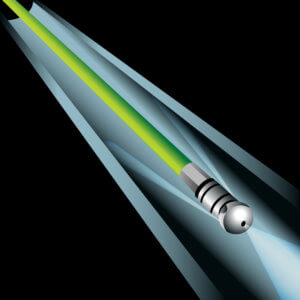
Hydro-jetting is a relatively new, innovative cleaning solution for clogged pipes and sewer lines. We used to use long, steel augers to snake your drains, but now sewer lines can be easily cleaned with just pressurized water.
- Grease
- Fats
- Oils
- Sludge
- Most invasive tree roots
Hydro-jetting is like giving your pipes a thorough wash.
When is hydro-jetting needed?
Hydro-jetting is not the first choice when it comes to drain cleaning. Usually, plumbers will rely on a common snake drain. Although, snake drains are mainly used for minor clogs that don’t involve the entire sewer line.
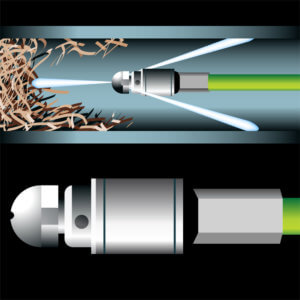
Hydro-jetting can clear anything!
Now a hydro-jetter is not something you can pick up and rent from the local home-improvement store. So call us at New Flow Plumbing for a quote.
Certain parts of the house will especially need a good cleaning once and a while. For example the kitchen, a common cesspool for grease and cooking oils.
When is hydro-jetting not an option?
If your sewer pipes are not just clogged, but completely damaged, be prepared to move forward with sewer repair. Don’t worry though! We can handle that problem as well with trenchless sewer repair.
The caked-on debris inside your pipes might be holding your pipe together (ironic). If that is the case you are at extreme risk for a sewer system failure and a costly sewer overflow.
Orangeburg pipes
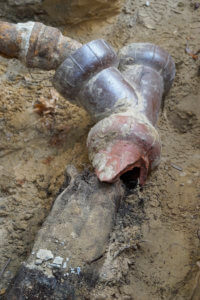
Older sewer lines can be damaged by hydro-jetting if they are frail and weak.
Hydro-jetting can damage older, frail pipes. Pipes past a certain age should not be hydro-jetted because pressurized water at 4,000 PSI can seriously damage them. When that happens, then you will need to replace your sewer pipes.
How does hydro-jetting work?
- First, we inspect your pipe using a special CCTV sewer camera. We find out what’s going on in your pipes and if hydro-jetting is the only solution needed. As mentioned, if the pipes are damaged and lost their structural integrity, they will need to be completely replaced.
- We access the pipe using one of your cleanouts. This section of pipe has a removable cap that provides easy access. We insert the hose, which we explain in the next step, and connect that to a tank of water and a machine that creates the pressure.
- When the self-propelled hydro-jetting nozzle encounters an obstruction, it will shoot up to 4,000 PSI of water to break it up. There are different nozzles for different obstructions. Some are designed for tree roots and others are meant to just clear away sludge.
- After the cleaning is done, we perform a final CCTV inspection to ensure the pipe is cleared.
- Note: Hydro jetting can expose cracks and holes in your pipe to see its true condition. Sometimes a CCTV inspection doesn’t show the condition of the pipe because it is full of water (not draining properly).

Using hydro-jetting, New Flow Plumbing can clear whatever is obstructing your pipes.
Read more about: How to Locate Underground Sewer Lines
What are the benefits and costs of hydro-jetting?
The number one benefit of hydro-jetting is that it gets rid of everything! Restaurants routinely use hydro-jetting for their kitchens which are prone to grease and oil build-up.
Hydro-jetting is also environmentally friendly because it only uses water and no chemicals. If you were to use snaking, it will just poke holes in the clogs and won’t clear it away. Where hydro-jetting washes it all away and will get the job done.
Hydro-jetting is non-invasive meaning no digging is involved and your house stays clean.
- What’s obstructing the pipe.
- Location of the obstruction.
- Location of the pipe.
- If the project is residential or commercial.
- If the obstruction is near the entrance of the cleanout (those will be quicker.)
- Fats
- Oils
- Grease
- “Flushable wipes” or anything other than toilet paper into your toilet.
- Anything too heavy to float down your sewer pipe, will get caught.

